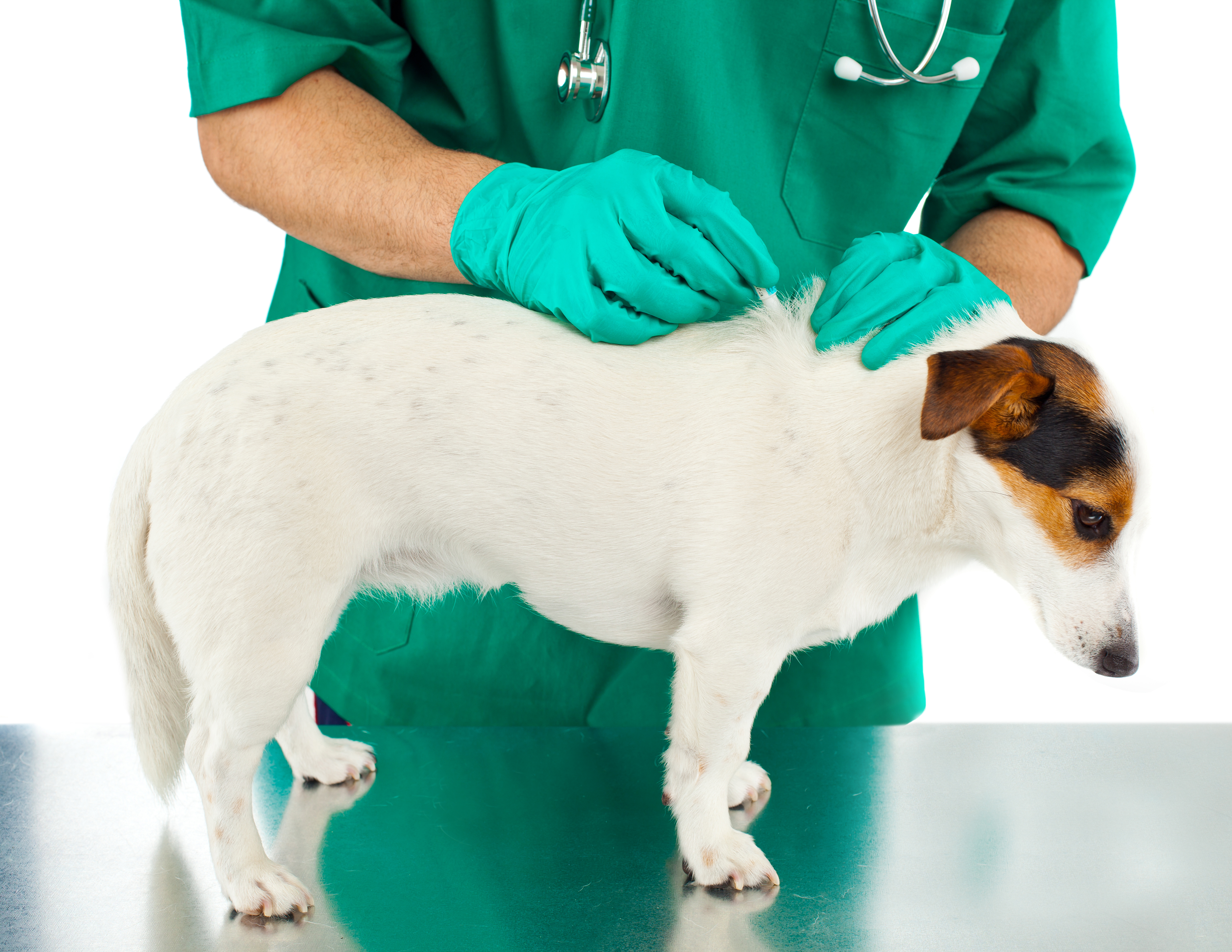10 Parasites That Can Harm Your Dog (And How to Prevent Them)
Dogs are beloved companions who enrich our lives with joy and loyalty, but they are also vulnerable to various health threats, including harmful parasites. These unwelcome invaders can cause significant health issues, ranging from mild discomfort to severe diseases that can be life-threatening. Understanding the various types of parasites, their life cycles, and the ways they affect dogs is crucial for every responsible pet owner. This article aims to provide comprehensive insights into keeping your dog safe from these parasites, focusing on prevention tactics and the importance of regular veterinary care. By the end of this exploration, you will be equipped with essential knowledge to protect your furry friend from these insidious threats, ensuring a healthier and happier life together.
1. Understanding Fleas and Their Control

Fleas are one of the most common external parasites affecting dogs, and their presence can lead to a host of problems, including skin irritation, allergic reactions, and even the transmission of other parasites like tapeworms. These tiny, wingless insects thrive in warm, humid environments and can quickly infest a dog, leading to discomfort and potential health issues. Understanding the flea life cycle is crucial for effective control, as it involves four stages: egg, larva, pupa, and adult. Each stage requires specific strategies for eradication, making comprehensive control measures essential.
Flea infestations often begin with adult fleas laying eggs on the host dog, which then fall off into the environment, such as bedding or carpets. These eggs hatch into larvae, which feed on organic debris before spinning cocoons to become pupae. The pupae can remain dormant for weeks or even months, waiting for favorable conditions to emerge as adults and reinfest the host. This cycle highlights the importance of treating both the dog and its environment to break the flea life cycle effectively.
Preventing flea infestations involves a multi-faceted approach, including regular use of veterinarian-recommended flea preventatives, maintaining a clean living environment, and frequent grooming. Topical treatments, oral medications, and flea collars are popular options for controlling fleas on dogs, while vacuuming and washing bedding can help manage the environment. By understanding the flea life cycle and implementing a comprehensive prevention plan, you can protect your dog from the discomfort and health risks associated with flea infestations.